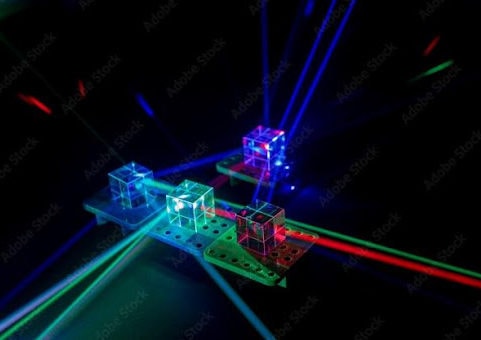Hot Mirrors: The Unsung Heroes of Optical Heat Management
Created at : Nov 03 2025
Precision and control are everything in optics. Whether it’s a high-powered projector, a medical imaging system, or a laser setup, managing light isn’t just about guiding photons — it’s about handling heat. That’s where hot mirrors come in.
These specialized optical components are the quiet protectors in countless systems, working tirelessly to reflect unwanted heat while allowing visible light to pass unimpeded. Though often invisible to the end user, hot mirrors play a critical role in ensuring that optical and electronic systems operate efficiently, safely, and reliably.
What Exactly Is a Hot Mirror?
A hot mirror is a type of dichroic filter, meaning it selectively reflects or transmits certain wavelengths of light. Specifically, hot mirrors are designed to reflect infrared (IR) light — the portion of the spectrum responsible for heat — while transmitting visible light.
In simpler terms, a hot mirror keeps the “hot” part of the light out. This makes them essential for applications where infrared radiation could damage sensitive components or distort performance.
For example, in a digital projector, a powerful light source generates a mix of visible and infrared light. Without a hot mirror, the IR portion would heat and potentially warp optical components or degrade image quality. The hot mirror reflects that infrared energy away, ensuring only visible light reaches the image-forming elements.
The Science Behind the Reflection
The brilliance of hot mirrors lies in their thin-film interference coatings. By carefully layering materials with different refractive indices, manufacturers create a structure that manipulates how light waves interact.
These layers are designed so that:
- Visible wavelengths (roughly 400–700 nanometers) pass through due to destructive interference of reflections at those wavelengths.
- Infrared wavelengths (700 nanometers and above) are constructively reflected, sending that portion of the spectrum away from the optical path.
This dual behavior — transmitting what you want and rejecting what you don’t — is made possible by modern thin-film deposition technology, where layer thicknesses are controlled down to a few nanometers.
Fabrication: Precision at the Atomic Level
Creating a high-performance hot mirror isn’t just a matter of slapping a coating on glass. It’s a meticulous, multi-step process that combines optical design, advanced materials science, and high-vacuum coating technology. Let’s explore how they’re made.
1. Substrate Preparation
Every hot mirror starts with a base — the substrate. Common materials include borosilicate glass, fused silica, or sapphire, chosen for their optical clarity, low thermal expansion, and mechanical strength.
Before any coating is applied, the substrate must be impeccably clean. Even microscopic dust or oil can ruin a coating’s uniformity. Manufacturers use a combination of ultrasonic cleaning, plasma treatment, and solvent rinsing to ensure pristine surfaces.
Surface flatness is another critical parameter. Typical specifications call for λ/10 or better (a tenth of the wavelength of visible light), ensuring the mirror won’t introduce optical distortions.
2. Thin-Film Deposition
The heart of the process is thin-film deposition, where multiple dielectric layers — each just a few dozen nanometers thick — are stacked onto the substrate. The coatings are engineered to produce the exact interference effects needed for infrared reflection.
Common Deposition Methods Include:
- Electron-Beam (E-Beam) Evaporation:
In a high-vacuum chamber, an electron beam vaporizes coating materials, which then condense onto the substrate as thin films. - Ion-Assisted Deposition (IAD):
Adds a directed stream of ions that bombard the growing film, making it denser, smoother, and more durable. - Magnetron Sputtering:
A plasma is used to knock atoms off a “target” material, which then deposit evenly across the substrate. This method offers superb uniformity and precise layer control.
Each technique has its strengths, and the choice often depends on the performance requirements — such as durability, optical quality, or temperature stability.
3. Material Selection
Hot mirror coatings rely on alternating layers of materials with high and low refractive indices. This difference is what enables the interference effects that separate visible and infrared light.
- High-index materials: Titanium dioxide (TiO₂), tantalum pentoxide (Ta₂O₅), or zirconium dioxide (ZrO₂).
- Low-index materials: Silicon dioxide (SiO₂) or magnesium fluoride (MgF₂).
The exact combination and thickness of each layer are calculated using optical design software such as TFCalc or OptiLayer. A typical hot mirror may consist of 20 to 60 layers, each one carefully tuned to achieve the desired reflectance and transmission curves.
4. Monitoring and Quality Control
As layers build up, precision is key. Even a deviation of a few nanometers can shift the mirror’s optical properties significantly. Manufacturers use quartz crystal microbalances and optical monitoring systems to track deposition rates and thickness in real time.
Once the coating stack is complete, mirrors undergo spectrophotometric testing to verify their reflection and transmission spectra. The results are compared to the design model to ensure performance meets tight tolerances.
5. Post-Deposition Processing
After coating, mirrors may go through annealing — a controlled heating process that relieves internal stresses and stabilizes the optical layers. This improves long-term durability, especially for applications exposed to fluctuating temperatures.
Every finished hot mirror is inspected for adhesion, scratch resistance, and environmental durability. They must withstand humidity, vibration, and temperature cycling without degrading performance.
Finally, coated sheets are cut to size, edge-finished, and mounted into optical assemblies. Some mirrors are integrated into projector housings, others into microscopes or laser systems — but each serves the same fundamental purpose: managing heat without compromising light quality.
Applications Across Industries
The usefulness of hot mirrors extends across a wide range of industries:
- Projection and Display Systems: Prevent heat damage in projectors and stage lights.
- Photography and Imaging: Protect sensors and optics from IR interference.
- Laser Systems: Control unwanted IR components in beam paths.
- Medical and Scientific Equipment: Manage temperature-sensitive environments in instruments like spectrometers or microscopes.
- Automotive Lighting: Direct heat away from headlights and optical sensors.
In each of these applications, the ability to selectively reject infrared radiation improves both performance and longevity.
Hot Mirrors vs. Cold Mirrors
Hot mirrors often work hand-in-hand with their optical opposites — cold mirrors. While a hot mirror reflects infrared and passes visible light, a cold mirror reflects visible light and transmits infrared. Together, they allow designers to sculpt the spectral energy flow in lighting and imaging systems.
The Future of Optical Coatings
Advances in nanofabrication and material science are pushing the limits of what hot mirrors can do. Today’s designs can achieve sharper cut-offs, higher temperature stability, and better angular performance.
As systems continue to shrink and efficiency demands rise — especially in fields like augmented reality, photonics, and clean energy — hot mirrors will remain an indispensable component, quietly ensuring that heat stays where it belongs.
In Conclusion
Though small and often overlooked, hot mirrors represent the perfect intersection of physics, engineering, and precision manufacturing. They remind us that in optics, the most effective technologies aren’t always the ones you can see — but the ones that control what you can’t.
Through sophisticated thin-film fabrication and material science, these remarkable filters keep our devices cool, our images sharp, and our systems running smoothly — proving that sometimes, the coolest technologies are the ones that deal with the heat.

 CUSTOM OPTICAL FILTERS
CUSTOM OPTICAL FILTERS
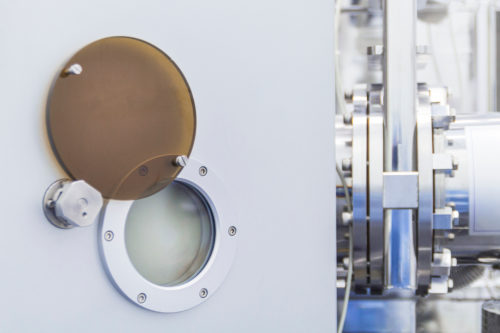 OPTICAL WINDOWS
OPTICAL WINDOWS
 OPTICAL COATINGS
OPTICAL COATINGS
 UV OPTICS
UV OPTICS
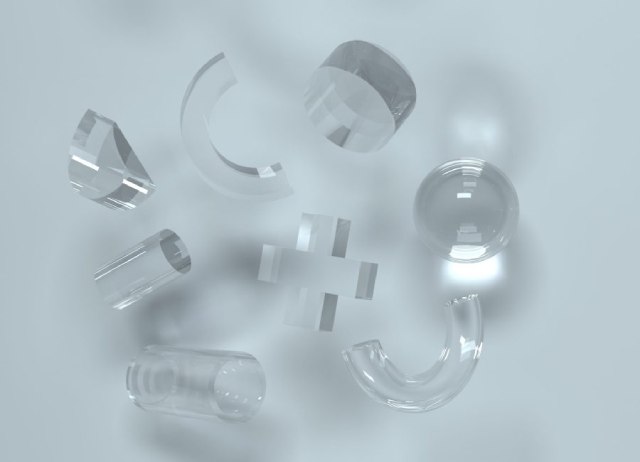 CYLINDRICAL OPTICS
CYLINDRICAL OPTICS
 CUSTOM TEMPERED OPTICS
CUSTOM TEMPERED OPTICS
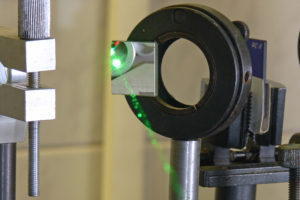 OPTICAL MIRRORS
OPTICAL MIRRORS
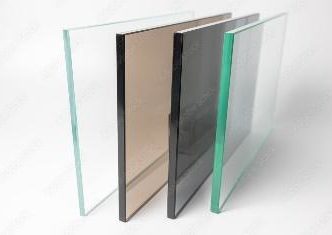 NEUTRAL DENSITY
NEUTRAL DENSITY
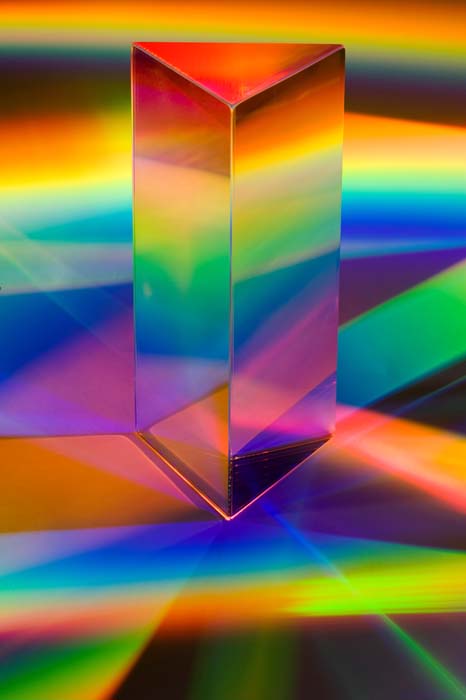 PRISMS & RETROREFLECTORS
PRISMS & RETROREFLECTORS
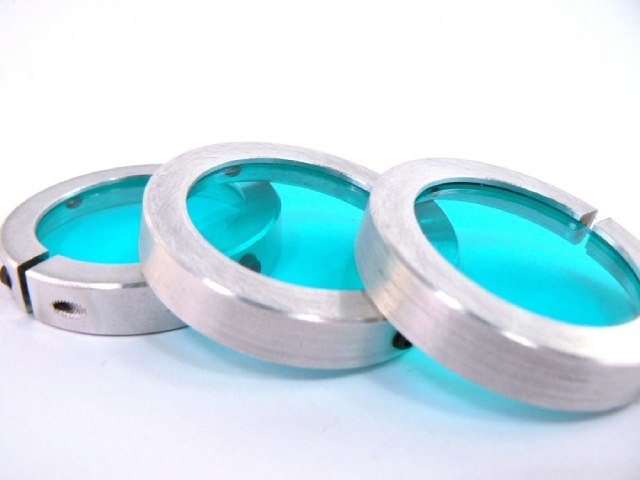 ASSEMBLIES
ASSEMBLIES
 OPTICAL LENSES
OPTICAL LENSES
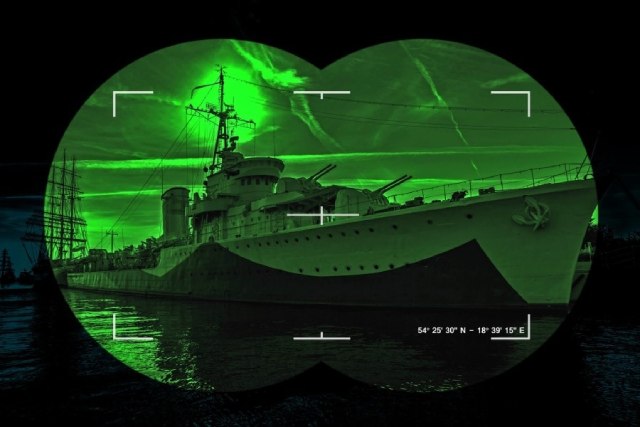 NIGHT VISION FILTERS
NIGHT VISION FILTERS
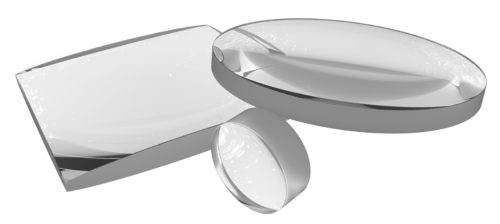 ACHROMATIC LENSES
ACHROMATIC LENSES
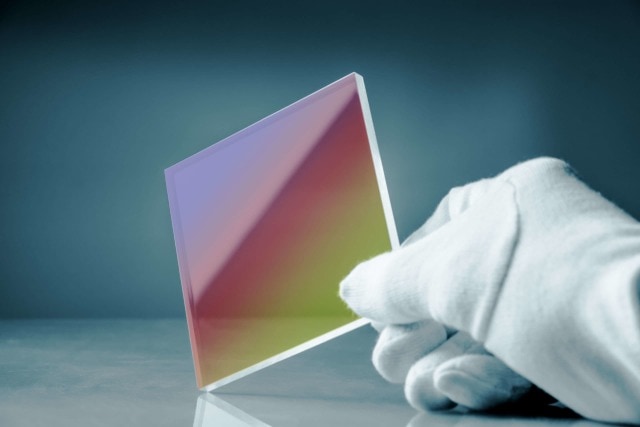 OPTICAL BEAM SPLITTERS
OPTICAL BEAM SPLITTERS
